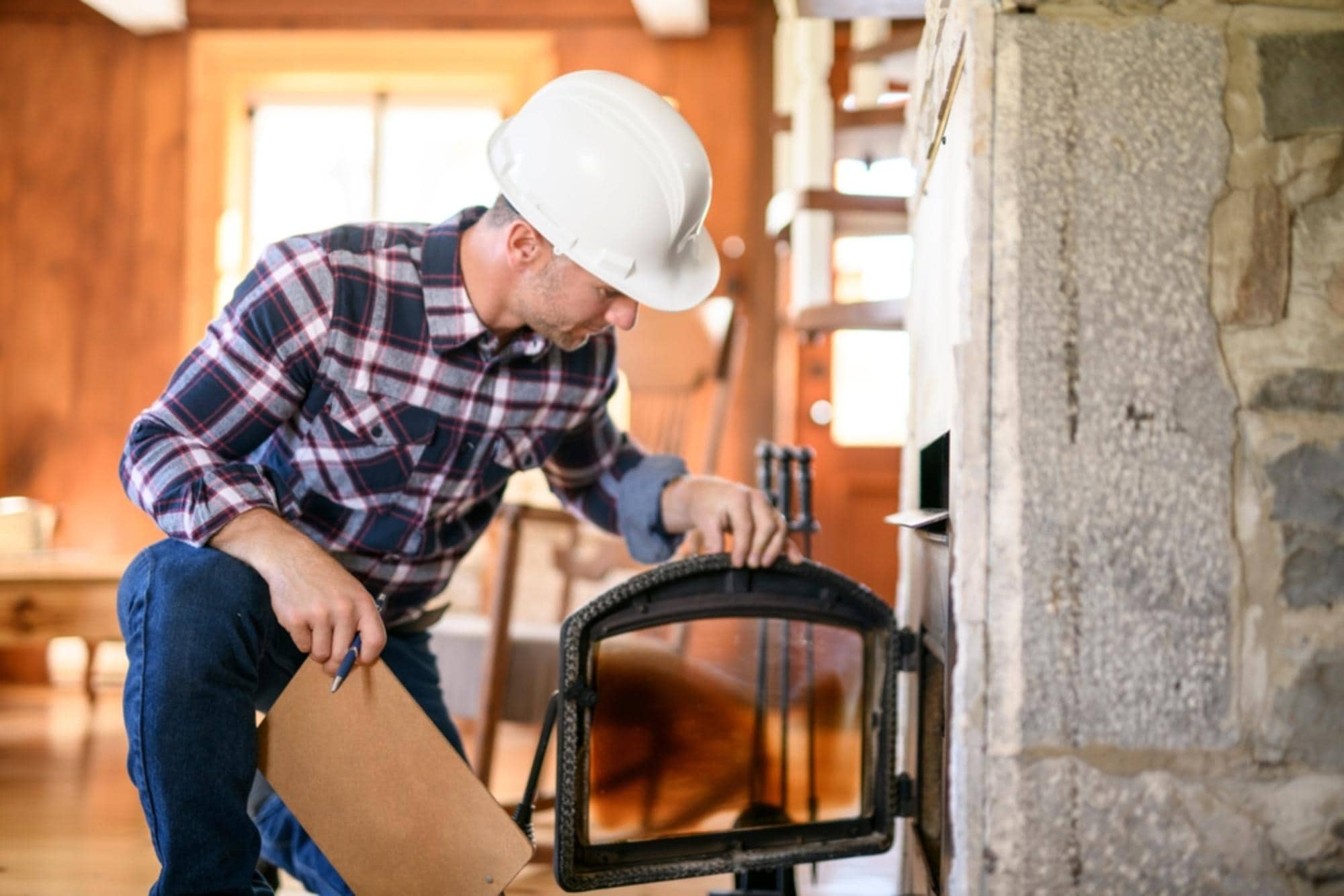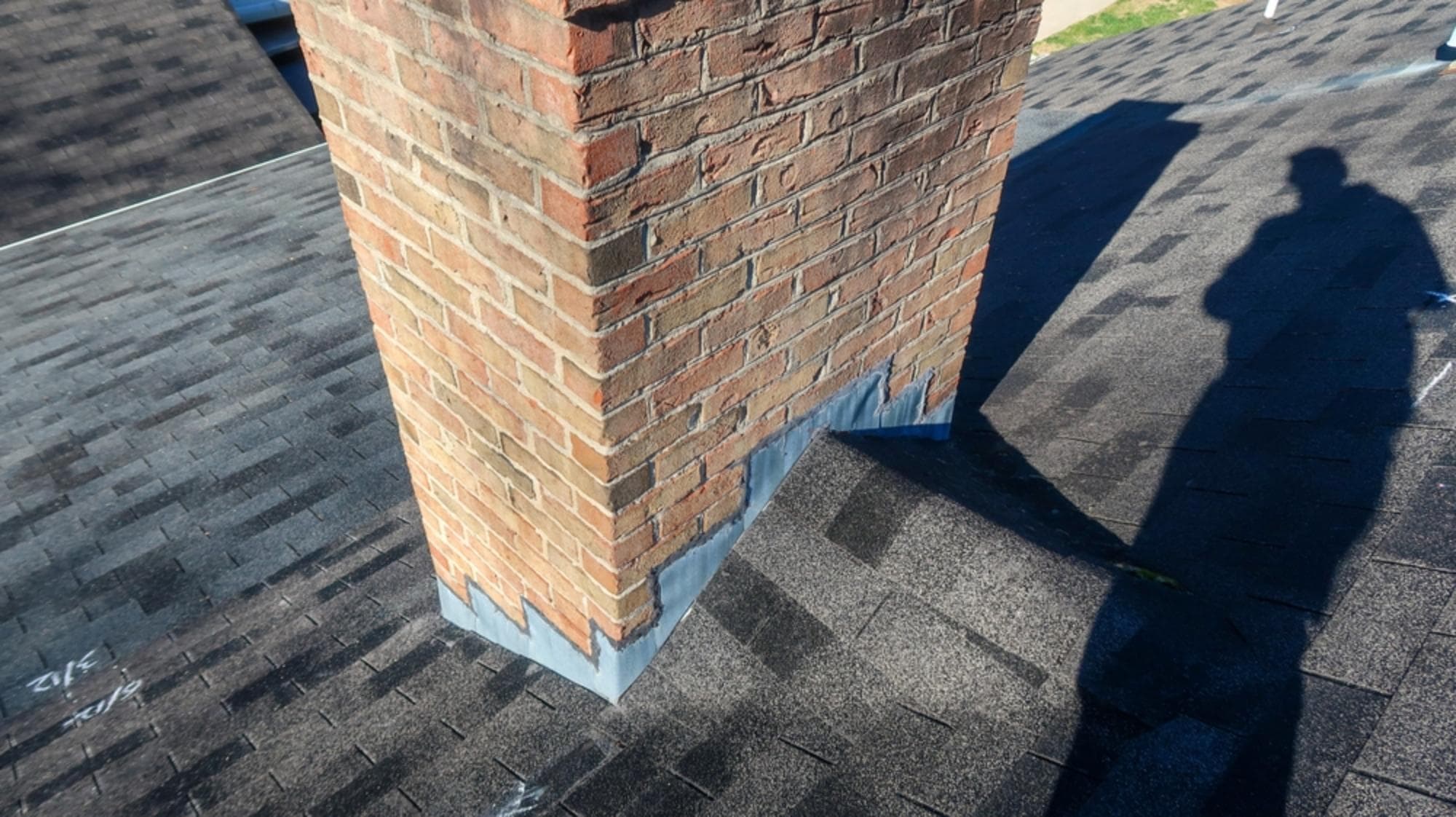First, we protect your home with drop cloths and set up our equipment. Then we perform a complete visual inspection of your chimney’s interior and exterior, checking for damage, blockages, or safety concerns. We examine your flue liner, chimney cap, crown, and flashing. If needed, we use video equipment to see areas that aren’t easily accessible. You’ll get a clear explanation of what we find—no technical jargon or surprise fees. After the inspection, we give you a straightforward report of your chimney’s condition. If we find issues, we explain what needs to be fixed and why. If everything looks good, you’ll have documentation for your insurance and peace of mind for the heating season.




